Pros and cons of the solution
5 advantages vertical gardening in the interior:
- Improving the microclimate... Everyone knows that plants absorb carbon dioxide to produce oxygen. The vertical garden is no exception.
- Soundproofing... In addition to CO2, a living wall absorbs unnecessary noise, so the room will become noticeably quieter.
- Saving space... Flowers on the wall are a great way to preserve the area of a room while still greening it.
- Automatic regulation of temperature, air humidity... It is worth choosing the right amount climbing plantsto forget about the air conditioner once and for all: in the heat, the flowers release moisture, which leads to a decrease in the overall temperature in the room.
- Decorativeness... One cannot argue with the fact that vertical gardening in the apartment looks very impressive. The composition can replace another decor or complement hanging paintings, clocks.
Disadvantages vertical gardening has a little:
- Damp accumulation... To avoid the appearance of fungus, it is enough to choose a dry warm wall, protect it with a film from the inside, and adjust the watering.
- Destruction of the coating... Some types of vines cling directly to the walls, thereby violating the integrity of the decorative cover. To avoid this, branches should be guided along the net or cut in time.
- Difficulty with leaving... Watering, feeding, replanting phytowall inhabitants is more difficult than ordinary potted plants.
In the photo, a panel of stabilized moss in the living room
Which design to choose?
Exactly how vertical landscaping will look in the interior depends on the chosen system. Distinguish 3 types of designs for vertical cultivation.
Phytomodules
There are 2 variants of modules for vertical gardening of walls:
- Mobile structure with automatic irrigation system... It comes in different sizes, designs. Used as a dividing screen for zoning or placed against a wall.
- Wall panel with pockets, where the seedlings are located. Does not take up much space, suitable for location above the sofa, bed.
Phytomodules can be either very simple, requiring regular maintenance, or autonomous: they are connected to an outlet and water supply, watering and lighting are independently regulated.
Important! Carefully consider the choice of material for containers: they are made of plastic, felt, metal, wood, sisal. Each option has its own pros and cons. For example, felt does not rot, but perfectly absorbs moisture and releases it into the air. Plastic is not environmentally friendly; in the absence of drain holes, it can lead to root rot.
The photo shows an example of phytomodules
Fitopanno
Floral paintings are most often created from stabilized plants (mainly moss) or unpretentious species - succulents, ferns.They are small - they are convenient for decorating the wall above the work table, or overall - half the size of a sofa, for example.
The advantage of phytopanno in the almost complete absence of soil, respectively, the dirt from it will be minimal - therefore, this version of vertical gardening is often used in kitchens.
Carpet gardening
Relying on the scale of vertical gardening in the interior and creating an entire green wall, be prepared for additional costs in the form of automatic water supply, light regulation, humidity sensor.
It is automation that will help keep plants safe and sound, guaranteeing them the right conditions for a quality life.
Greening an entire wall or part of it is the best way to improve the air quality in your home and enjoy other benefits of a home garden.
What plants can I use?
All suitable plants can be roughly subdivided into:
- Decorative deciduous.
- Curly.
- Blooming.
- Unpretentious.
In the photo, home decoration with plants in modules
It is necessary to choose any type after answering 3 questions:
- Are you planning to place it in soil, hydroponics or on a panel? Spoiler: only stabilized moss is suitable for the latter.
- How well lit is the section of the wall you want to decorate? Opposite, to the side of a window, or in a shaded area?
- Who will plant the plants, care for them? The choice of cuttings depends on the experience of the grower.
In the photo there is moss in loft-style hall decoration
7 matching options for vertical gardening:
- Scindapsus... A fast-growing liana can be monochromatic (light or dark), or variegated. For dense vertical gardening, it is enough to plant several shoots in a row. Looks great both on its own and when paired with other green brothers planted nearby.
- Monstera... When planted in the ground, it grows quickly enough, so if you do not want to live in the jungle in a year, choose small-leaved species. An excellent option is punched or oblique.
- Spathiphyllum... A blooming sprout with lush narrow leaves will decorate the wall. Requires special conditions: does not like drafts, needs high humidity.
- Ivy... Timely guiding and pruning this curly flower can create a beautiful rug on the wall. For a more decorative look, mix different types: variegated, monochromatic.
- Aglaonema... Large bright leaves and absolute unpretentiousness make it an excellent decorative addition to other vertical plants.
- Asparagus... A lush flower whose branches resemble spruce. Small leaves will perfectly complement the picture created by the large-leaved flowers listed earlier.
- Fern... If you embed it in the composition and fix rosettes with carved long leaves in empty places, you will get a noticeable contrast of textures.
In addition to the listed types, various succulents are planted in phytomodules (ideal for an office), herbs (an option for the kitchen).
In the photo, the scindapsus in the bathroom
How to take care of it properly?
In the implementation of a vertical gardening project in an apartment, it is not enough just to establish a base and plant plants, behind them need to be looked after regularly... The care process is divided into 4 directions:
- Lighting... Living seedlings need light. If the daytime natural illumination is not enough, the phytowall is equipped with additional lamps with a red and blue spectrum.
- Watering... The frequency and abundance depends on the requirements of specific plants, but the method of watering after the top layer of the earthen coma dries out is considered universal. Hydroponic growers need to top up settled water on time.
- Top dressing... Most indoor flowers peak in April-October. At this time, they are fed once every 1-3 weeks.
- Rejuvenation... From time to time it is necessary to remove dried leaves and branches, prune young growth, wipe the surface of the leaves from dust.
Design ideas
There are many ways of vertical gardening, the appropriate one is chosen based on the size and functionality of the room.
In the interior of the living room, phytopanno or a picture in a wooden frame is hung over the sofa, the wall, on the contrary, is placed opposite the sofa or window. Mobile modular system convenient to zone, for example, separating the side of the bedroom from the hall in a studio apartment.
The room where good air is most needed is the bedroom. Choose plants for this room carefully: monstera, for example, is famous for its nightly absorption of oxygen.
Free space for vertical gardening of the kitchen is in dining area... But for many, the idea of using spicy herbs in the cooking area will be relevant: it is not only beautiful, but also convenient.
In the wet area of the bathroom with a constantly high level of humidity (bath, shower area), moss will take root perfectly. Near the sink or toilet bowl, a moisture-loving scindapsus, spathiphyllum is used for vertical gardening in an apartment.
Caring for flowers can be a simple household chore that can help train your child to take responsibility. Young and adult children will love the colorful bright succulents - they look stylish and require little or no maintenance.
You can create a wall or a panel of greenery yourself, but if you do not have experience in caring for flowers, it is better to entrust the selection and planting to professionals. Designers will do the main work and advise on further care to preserve the resulting beauty.

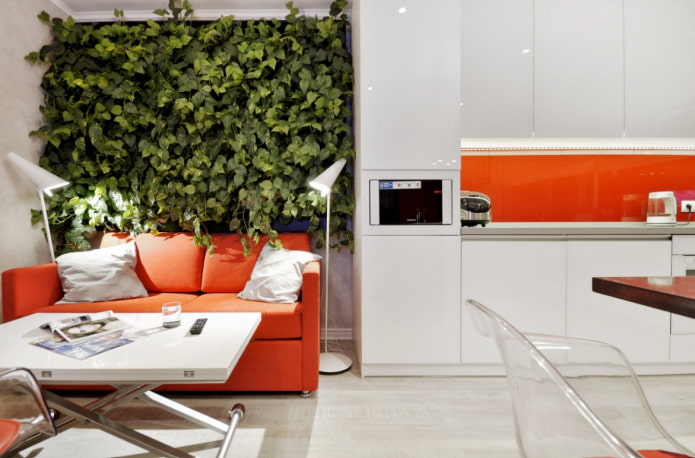
 10 practical tips for arranging a small kitchen in the country
10 practical tips for arranging a small kitchen in the country
 12 simple ideas for a small garden that will make it visually spacious
12 simple ideas for a small garden that will make it visually spacious
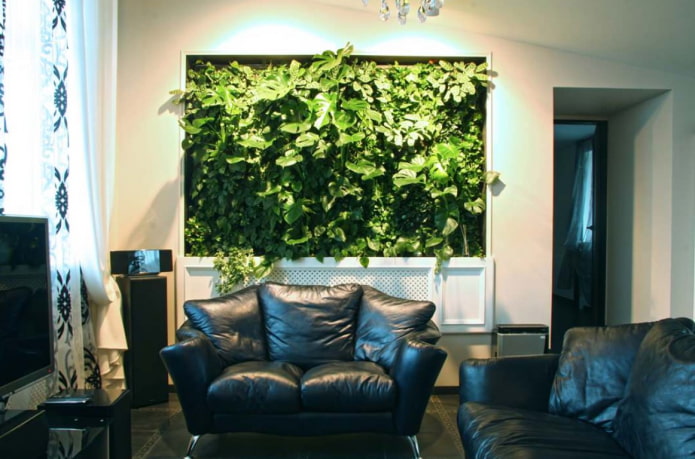
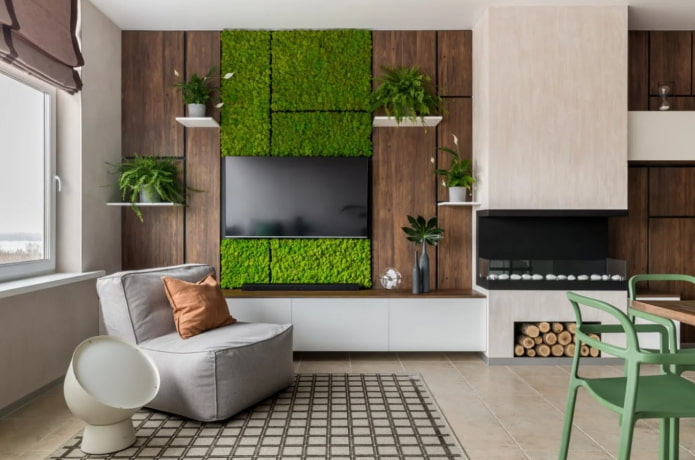
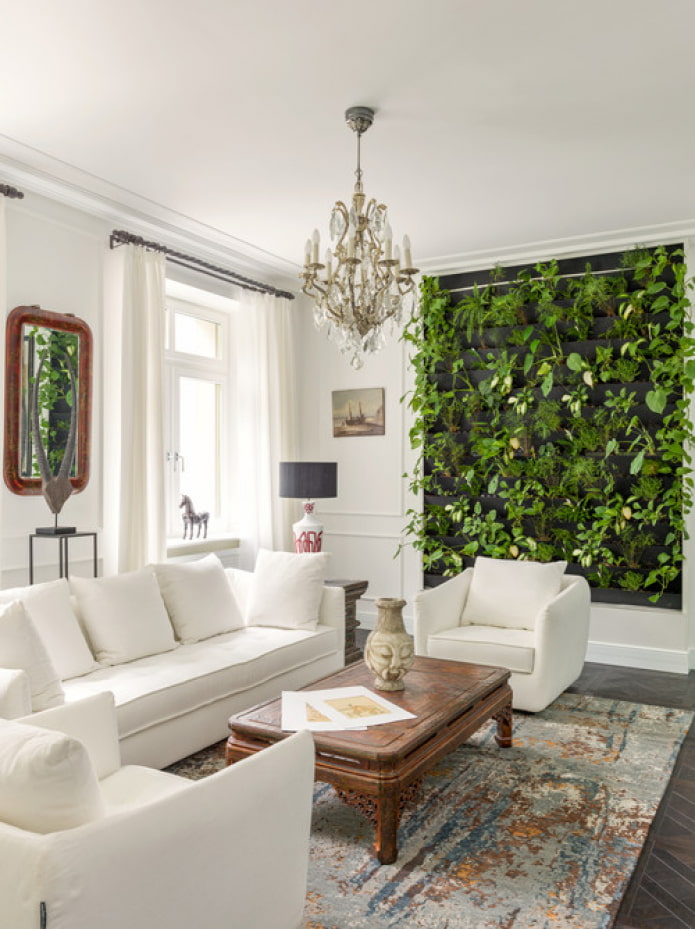
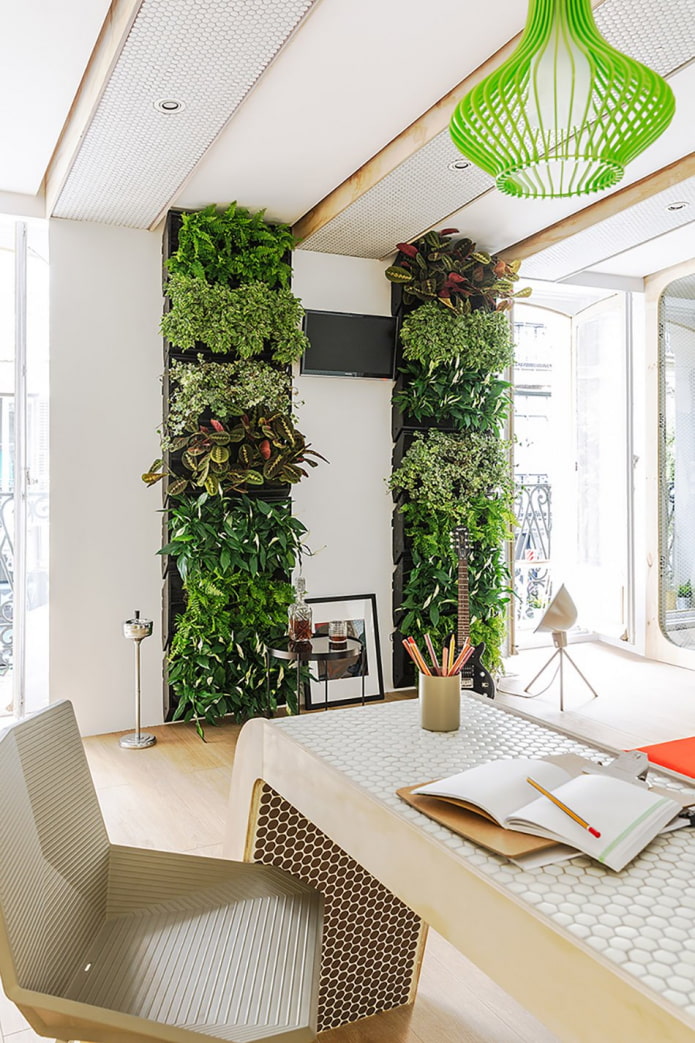
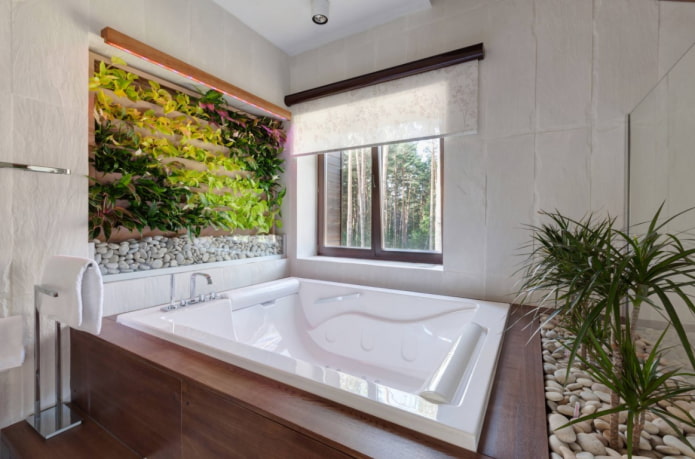


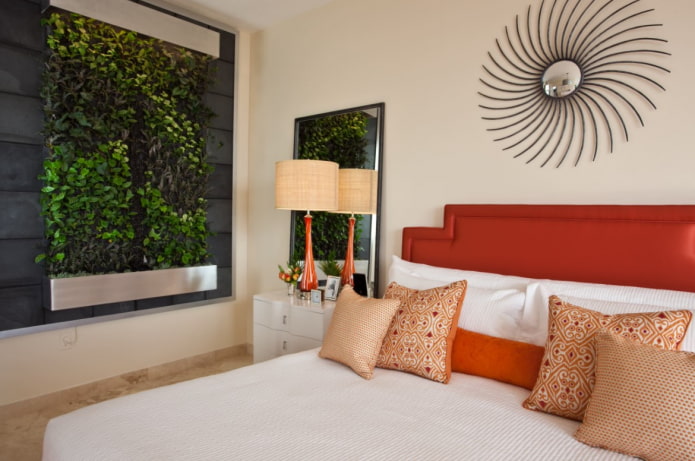
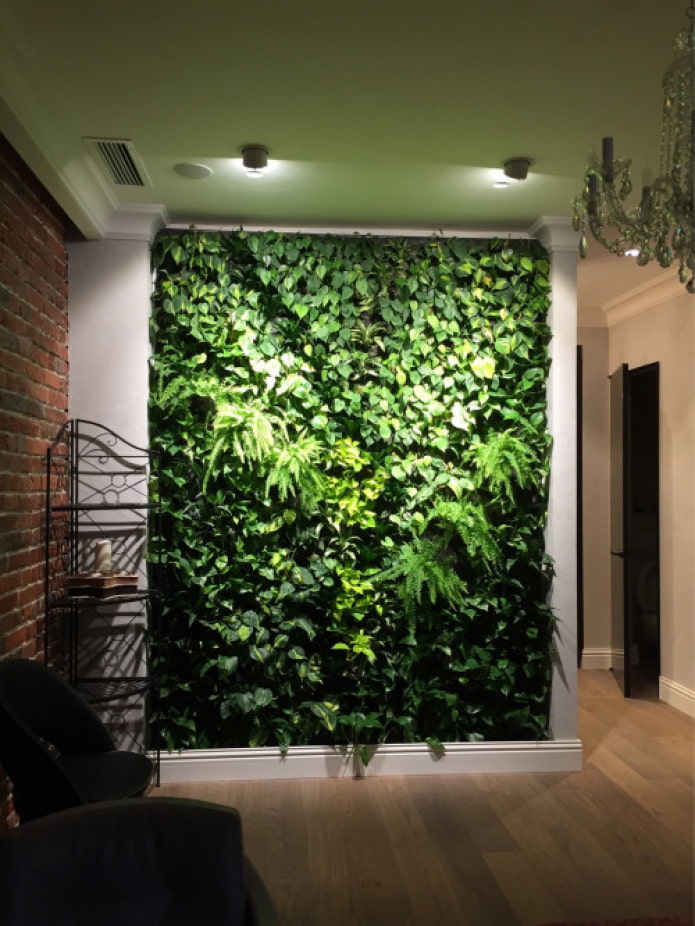
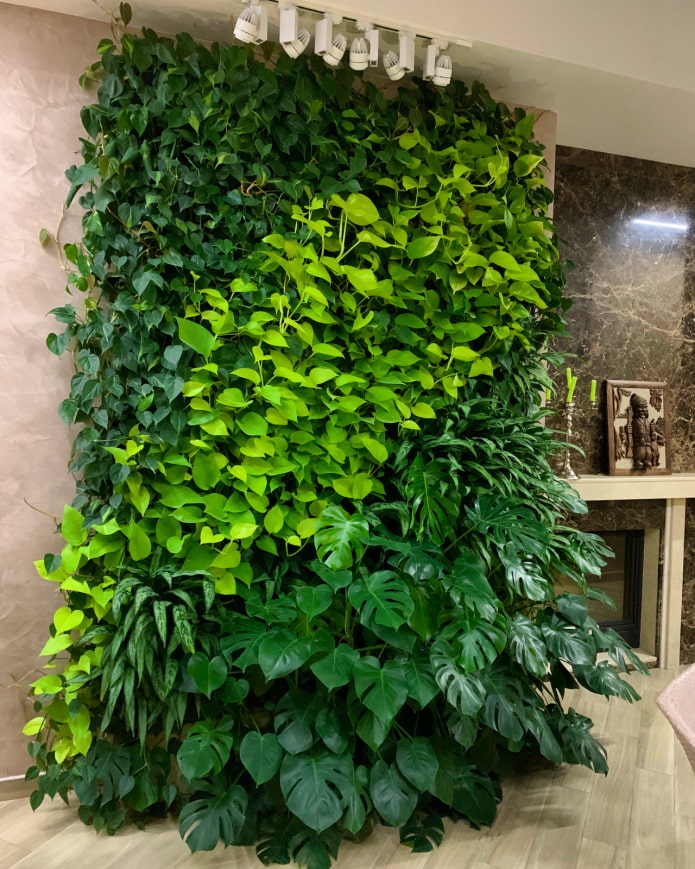
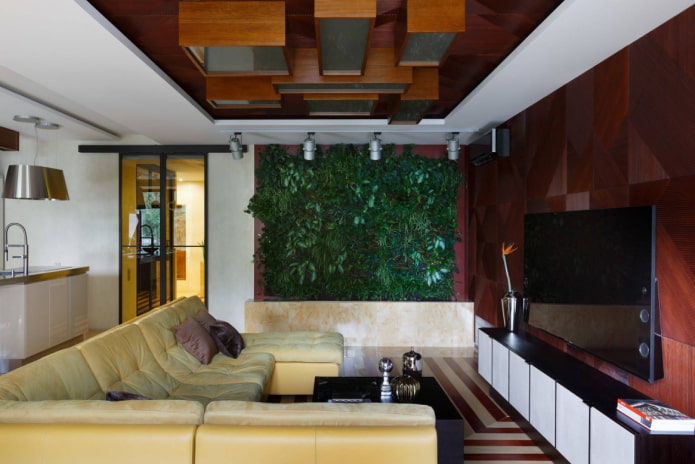
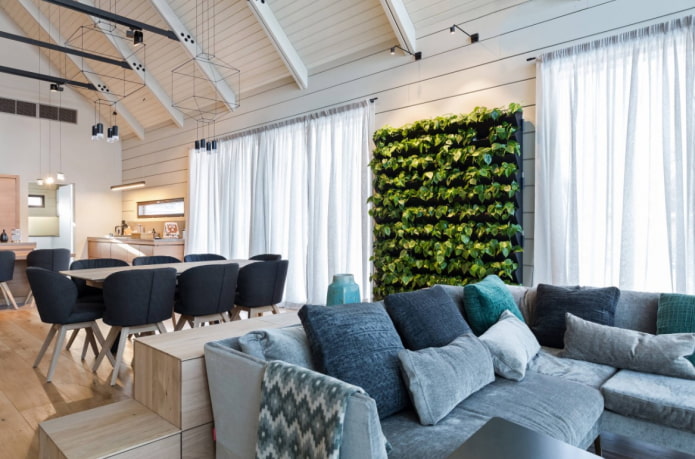
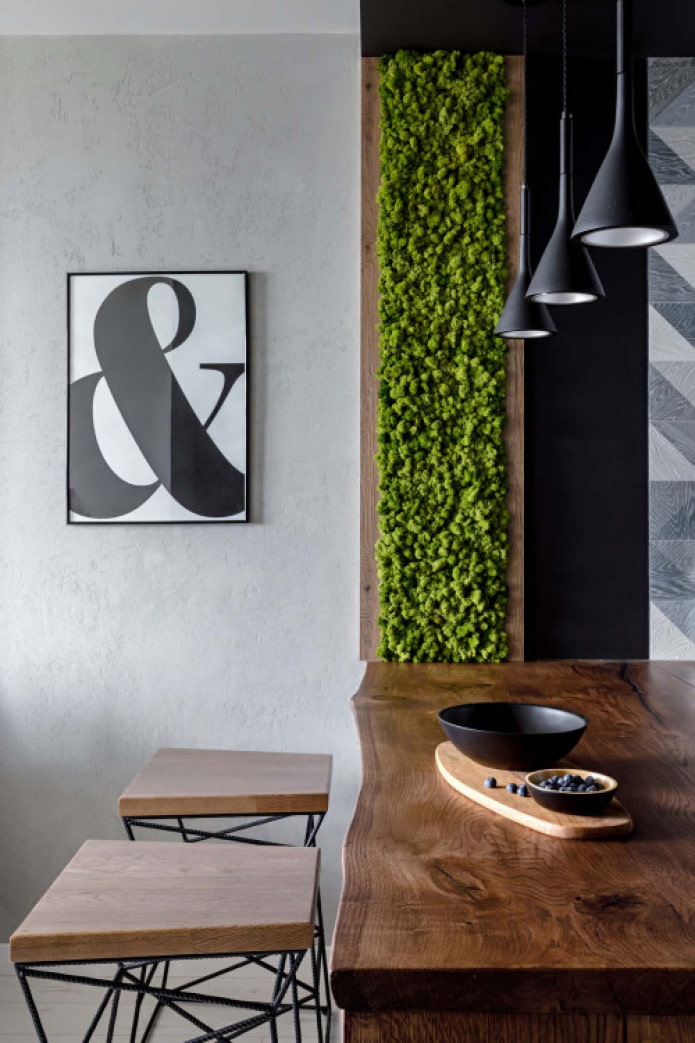
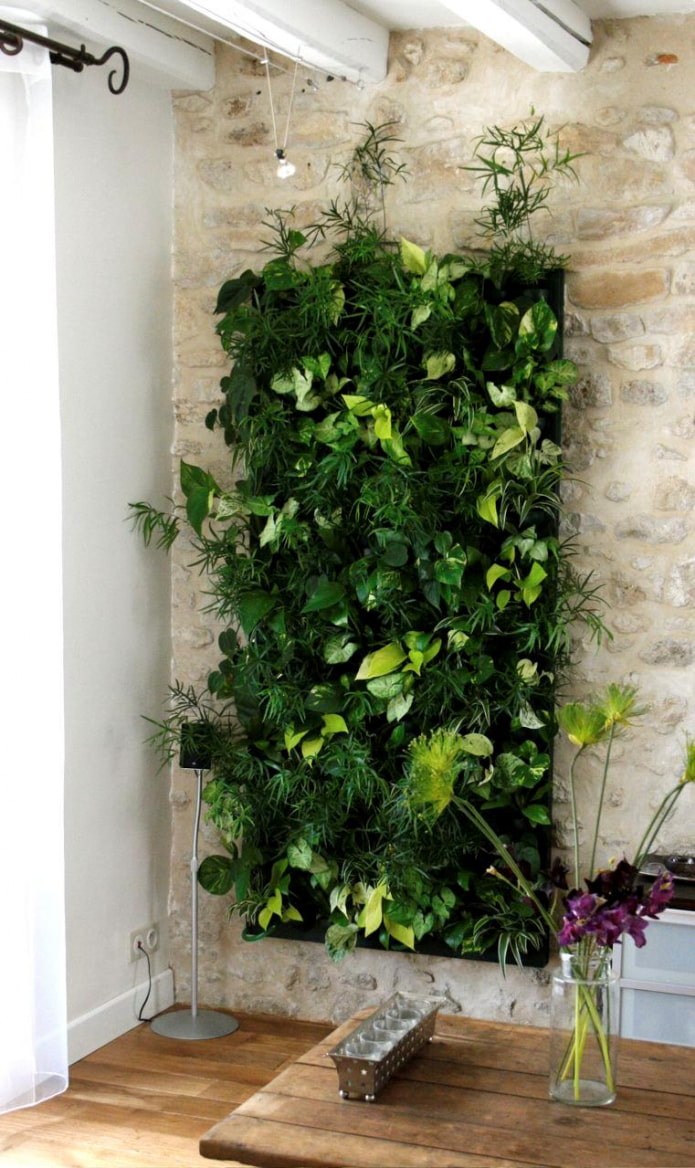

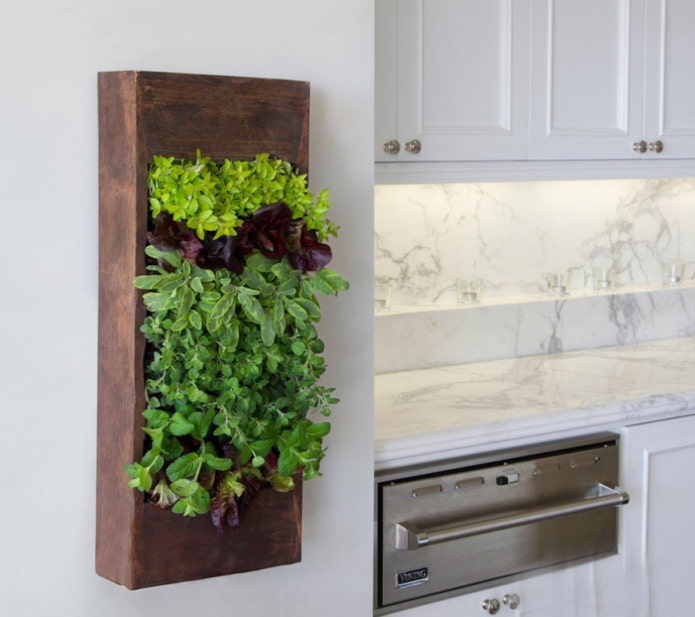
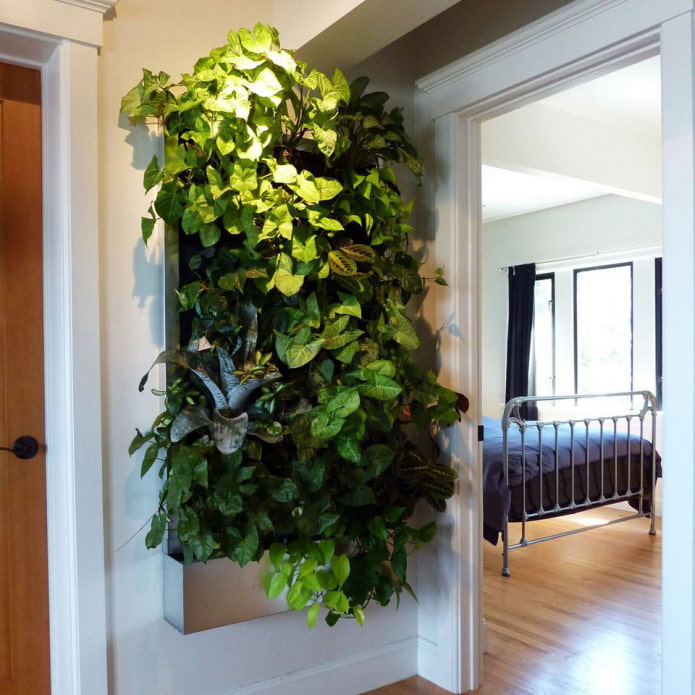
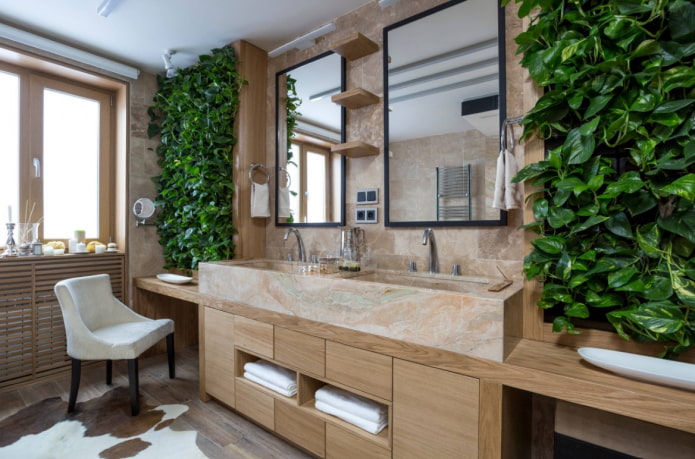

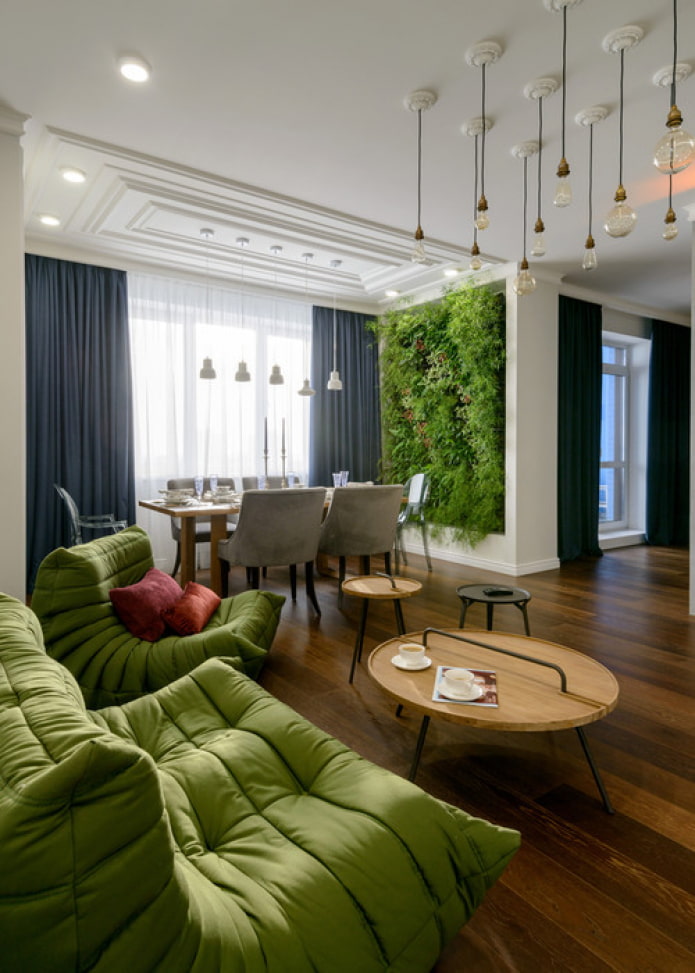

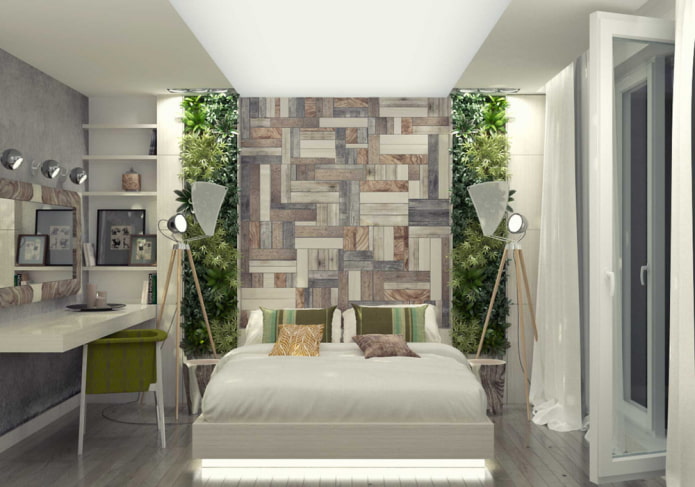
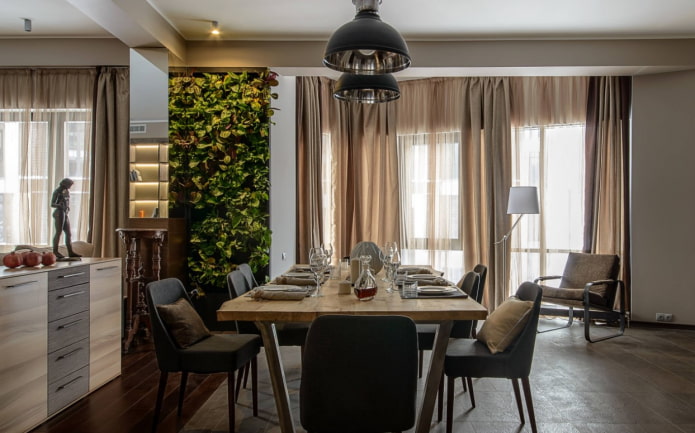

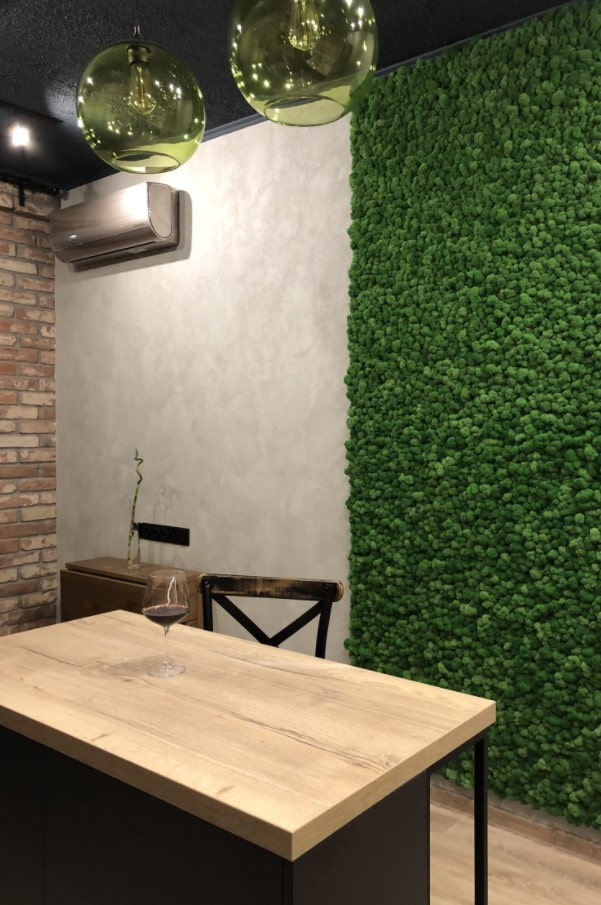
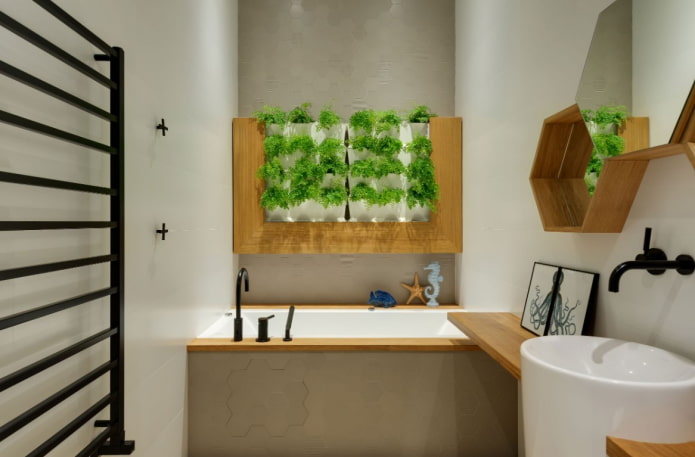

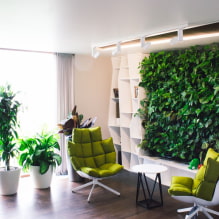
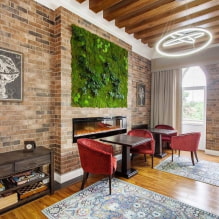
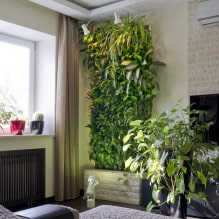
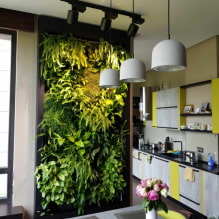
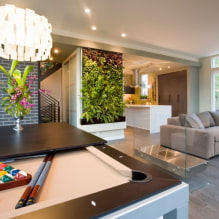
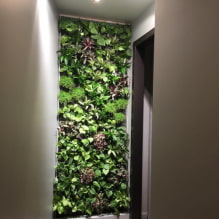
 13 bad habits a good housewife shouldn't have
13 bad habits a good housewife shouldn't have 24/7 home cleanliness - 4 secrets for the perfect housewife
24/7 home cleanliness - 4 secrets for the perfect housewife 6 hotels in Sochi that will give odds to the promoted foreign hotels
6 hotels in Sochi that will give odds to the promoted foreign hotels Top 10 interior design trends 2020
Top 10 interior design trends 2020 Rating of cheap TVs with Smart-TV
Rating of cheap TVs with Smart-TV New Year's LED garlands on AliExpress - we disassemble while it's hot, so that it's bright at home
New Year's LED garlands on AliExpress - we disassemble while it's hot, so that it's bright at home